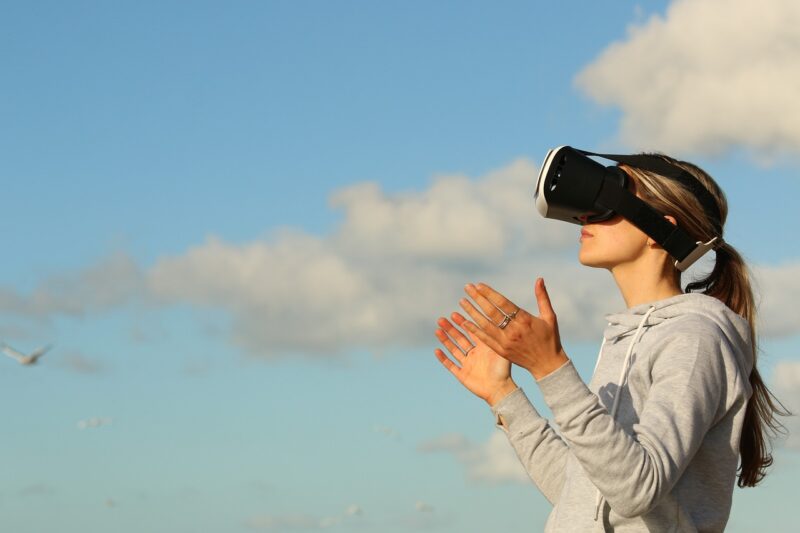
The 1990s marked a revolutionary epoch in television history, laying the groundwork for the extreme popularity of reality television in the years that followed. With the advent of shows like ‘The Real World,’ viewers were treated not just to scripted narratives but also to unscripted experiences that delved deep into the lives of ordinary people. This article explores how reality TV captured the fascination of a diverse audience and changed the television landscape forever.
1. The Birth of Reality Television in the 1990s
The reality TV genre can trace its roots back to early television, but it gained significant traction in the mid-90s. MTV, known for its groundbreaking music videos, took a bold step away from the norm by introducing ‘The Real World’ in 1992. This show was not only a cultural phenomenon but also a paradigm shift for how television portrayed real-life scenarios.
In ‘The Real World,’ seven strangers from different backgrounds were selected to live together in a house, under constant surveillance. What made it distinct was its authenticity—viewers were drawn into the genuine relationships, conflicts, and emotional challenges faced by the cast.
2. Why ‘The Real World’ Resonated with Audiences
There are several factors that contributed to the overwhelming success of ‘The Real World:’
- Authenticity: Unlike traditional scripted shows, the participants were genuine, and the situations occurred in real-time, allowing viewers to relate to their experiences.
- Diversity: The show included individuals from various backgrounds, races, and orientations, offering a platform for discussing social issues that were often considered taboo at the time.
- Drama and Conflict: The inherent drama and tension of living with strangers offered compelling storytelling that kept viewers hooked week after week.
The show’s groundbreaking format laid the foundation for the reality TV genre that would dominate the ratings in the late 90s and early 2000s.
3. The Explosion of Reality TV Shows
Following the success of ‘The Real World,’ networks quickly recognized the untapped potential of reality programming. The latter half of the 90s saw an explosion of similar formats, including:
- ‘Survivor’ (2000): This hit show pitted contestants against nature and each other in a game of survival, solidifying reality TV’s status as a mainstream genre.
- ‘Big Brother’ (1999): Another game-based reality show where contestants live in isolation while being monitored by cameras.
- ‘The Osbournes’ (2002): A reality sitcom that followed the daily lives of musician Ozzy Osbourne and his family, showcasing a different aspect of reality television—celebrity life.
These shows permanently altered the television landscape, pushing aside prior norms and opening the door for the wide variety of reality shows we see today.
4. The Cultural Impact of Reality TV
The success of reality television in the 90s had profound implications on various aspects of culture and media:
- Changing the Narrative: The exploration of real-life issues such as mental health, relationships, and societal norms shifted the narrative in television storytelling. This led to more diverse representation on screen.
- Viewer Engagement: With reality TV, audiences felt more involved, as they could vote for their favorite contestants or influence outcomes, fostering a new form of viewer engagement.
- The Rise of Social Media: As reality TV gained popularity, so did the conversation around it. This paved the way for eventual integration with social media, where fans would discuss episodes and contestants online, further blurring the lines between reality and scripted television.
The result was a new cultural phenomenon where everyone had an opinion and an emotional investment in the characters’ lives.
5. The Criticism of Reality Television
While reality television undoubtedly achieved immense popularity, it wasn’t free from criticism. Some concerns included:
- Authenticity Issues: Critics have argued that many reality shows are staged or edited to create narratives, challenging the notion of ‘reality.’
- Stereotypes and Representation: Certain shows have been accused of reinforcing harmful stereotypes or perpetuating negative images of specific groups.
- Emotional Toll on Participants: The intense scrutiny of participants and the pressure to perform can lead to mental health issues, sparking concerns about the ethics of reality programming.
Nevertheless, what started in the 90s set the stage for an ever-evolving genre that remains popular today.
6. The Legacy of 90s Reality TV
Looking back, the influence of 90s reality television is unmistakable. Here are some legacies left behind:
- Expansion of Genres: The success of reality TV inspired a variety of genres, from dating shows to competitions, travel shows, cooking shows, and beyond.
- Rise of Celebrity Culture: The individuals who became famous through reality shows often transcended their initial fame, launching careers in modeling, music, and acting.
- Reality TV as a Forever Fixture: Today, reality TV is a staple across networks and streaming platforms, showing that the genre has become a permanent fixture in the TV landscape.
In conclusion, the 90s marked a significant turning point in television history with the emergence of reality TV. Shows like ‘The Real World’ opened the floodgates to a plethora of unscripted programming, reshaping the cultural fabric of viewing experiences. Reality TV continues to evolve, but the impact of its 90s origins can still be felt in the present day. As we reflect on the genre’s phenomenal rise, it’s worth considering how reality TV will shape the future of entertainment in the years to come.
Conclusion
Ultimately, the rise of reality television in the 90s has fundamentally altered how we consume media. It made us more interested in real lives, real emotions, and the complexities of interpersonal relationships, proving that truth can often be stranger—and more entertaining—than fiction. Whether you’re a fan or a critic, it’s undeniable that the impact of this genre resonates today, nearly three decades later.






